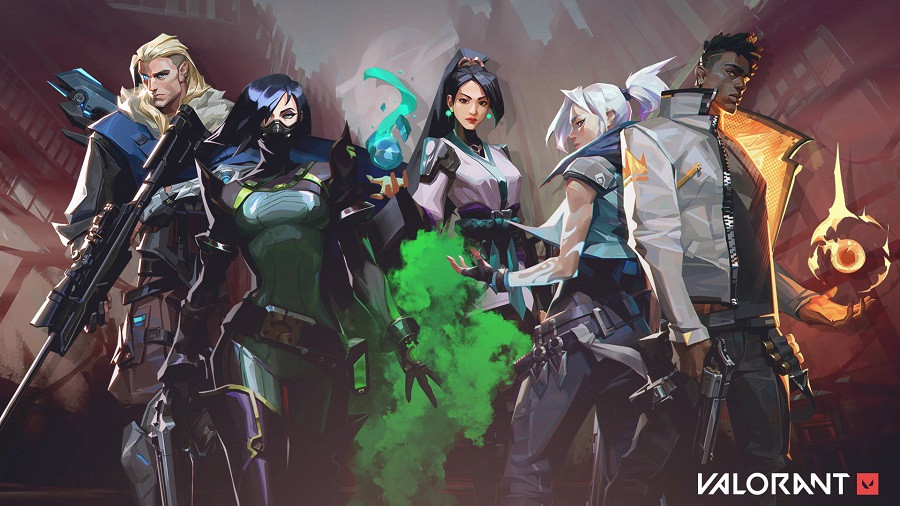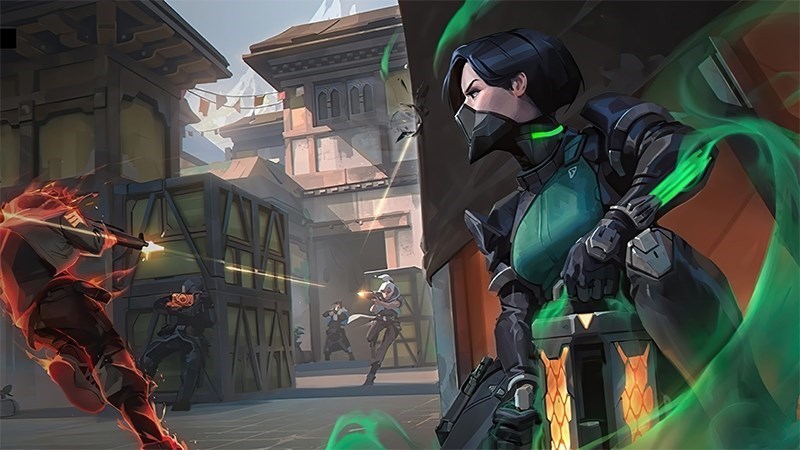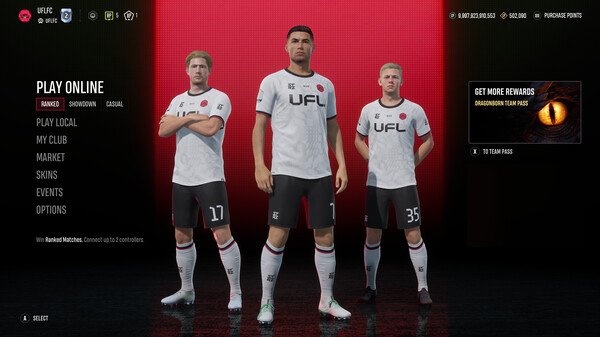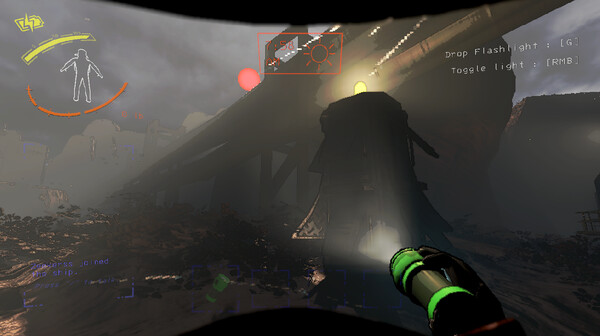Popular Now
Introduction
Since its release in 2020, Valorant by Riot Games has rapidly grown into one of the most played tactical shooters in the world. Designed with a high skill ceiling and competitive focus, Valorant's ranked mode was built to ensure that players face off against others of similar skill. However, one issue has persisted and even grown over time — smurfing. The presence of smurf accounts has distorted matchmaking, frustrated legitimate players, and damaged the integrity of the competitive ladder. This article will take a deep dive into the smurfing problem in Valorant, exploring its roots, impact, evolution, and possible solutions.

What is Smurfing, and Why Does it Exist?
Definition and Origins
Smurfing refers to the practice of high-ranked players creating and using alternate accounts to play against lower-ranked opponents. This phenomenon originated in early online games such as Warcraft III and Starcraft, where top-tier players wanted to enjoy less competitive matches or experiment with new strategies without jeopardizing their primary rank.
Smurfing in Valorant
In Valorant, smurfing has taken various forms — from high-immortal or radiant players queueing in bronze for fun, to pro players testing new agents incognito. Unlike casual FPS games, Valorant’s reliance on team coordination and mental focus means that a smurf can single-handedly decide the outcome of a match, especially at lower ranks. This fundamentally breaks the principle of fair matchmaking.
Why Do Players Smurf in Valorant?
Multiple Motivations
-
Playing with lower-ranked friends: Valorant’s matchmaking rules restrict party size and rank disparity. Many smurf to queue with friends who are newer or at a lower skill level.
-
Ego boosting: Dominating lower-ranked lobbies can give players a false sense of superiority, especially when climbing in their main account becomes difficult.
-
Content creation: YouTubers and streamers often smurf for entertaining montages where they ‘pop off’ in bronze or silver.
-
Avoiding pressure: Ranked anxiety is real. Players sometimes smurf to avoid the stress tied to their main account’s rank.
The Issue with Intent
While some smurfers may claim harmless intent, the reality is that their actions impact other players' experiences significantly. Whether it's for fun or experimentation, the balance of the match is disrupted regardless of intent.
The Data Behind Smurfing: A Growing Problem
Riot’s Own Admissions
In multiple developer updates, Riot has acknowledged that smurfing is a consistent problem. In 2023, they estimated that up to 20-30% of competitive games in certain regions contained at least one smurf account. That number is even higher in Iron to Gold ranks.
Third-Party Tracking Tools
Websites like Tracker.gg and Blitz.gg allow players to track win rates, headshot percentages, and KD ratios. Through these tools, community members have identified obvious smurfs based on suspicious stats — e.g., a "Bronze" player with 35+ kills per match and 60% headshot rate.
Effects on Lower-Ranked Players
Psychological Impact
The presence of a smurf in a match can be demoralizing. A Bronze or Silver player being repeatedly dominated by a Radiant-level opponent can lead to frustration, self-doubt, and even quitting the game. This stunts skill development and confidence.
Ruining the Learning Curve
Valorant has a steep learning curve. When beginners are repeatedly exposed to unnatural difficulty spikes due to smurfs, it warps their understanding of game mechanics, timing, and agent ability usage. It’s no longer a fair classroom; it’s an ambush.
Smurfing’s Effect on Matchmaking Systems

MMR Confusion
Valorant uses a hidden Matchmaking Rating (MMR) to assess player skill. Smurfs manipulate this system by initially playing below their true skill level, confusing the algorithm. It causes ripple effects where lower-ranked players are incorrectly classified as better or worse than they truly are.
Queue Times and Balance
As Riot tries to place smurfs into more accurate brackets, queue times increase, and match balance suffers. The system struggles to reconcile inconsistent performance across accounts, often matching legitimate players with opponents far beyond their capability.
Riot's Attempts to Mitigate the Issue
Phone Number Verification and Account Restrictions
In mid-2023, Riot began experimenting with phone number verification for ranked play in some regions. While this added friction to creating new smurf accounts, it was far from foolproof. Users could easily use secondary numbers or VOIP services to bypass restrictions.
Accelerated MMR Calibration
To deal with smurfs more quickly, Riot updated the system to calibrate new accounts faster. If someone plays significantly above the rank they're placed in, the system boosts them rapidly. However, this often still leaves a trail of unfair games before balance is restored.
The Role of Content Creators in Normalizing Smurfing
Smurfing for Entertainment
Big-name creators like Tarik, TenZ, and Shroud occasionally create smurf content for laughs or challenge runs. While often entertaining, it inadvertently glamorizes the act of smurfing, especially when their content is titled “Radiant in Bronze” or “Destroying Low Elos.”
The Influence on Player Behavior
Younger or impressionable players often emulate their favorite streamers. When smurfing is portrayed as "harmless fun," many feel justified in doing the same. This normalizes the behavior and makes community-based discouragement much harder.
Community Response and Backlash
Subreddits and Forums
Communities like r/VALORANT and Discord servers are filled with players sharing horror stories of smurfs. The overwhelming consensus is that smurfing ruins the competitive experience. Threads requesting stricter punishment get hundreds of upvotes.
Grassroots Solutions
Some players have formed “Smurf Patrol” Discord bots that automatically flag suspicious accounts based on stats and agent usage. While unofficial, these tools highlight the community's desperation for better regulation and detection.
Potential Solutions and Their Feasibility
AI-Based Behavior Tracking
Riot is exploring AI-driven models that track player performance across multiple accounts. If a player exhibits consistently high-level decision-making, flick accuracy, and crosshair placement far above the average for their rank, the system could flag the account for review or faster progression.
Strict One-Account Policies
Some have suggested stricter account policies, such as:
-
One ranked account per device/IP
-
Multi-factor authentication via ID
-
Disabling ranked mode until 50+ unrated games are played
These approaches raise privacy concerns but may be the most effective method of long-term deterrence.
The Future of Competitive Integrity in Valorant

A Delicate Balance
Valorant aims to be the benchmark for competitive shooters. However, without serious solutions to smurfing, its ladder system risks becoming meaningless. The integrity of ranked play relies on trust — that your skill, not smurfs, decides your progress.
The Road Ahead
If Riot wants to maintain Valorant’s competitive reputation, more transparency and communication are needed. Whether it's quarterly smurfing reports, ban waves, or community partnerships, the solution must be both technological and cultural.
Conclusion
Smurfing in Valorant is not just a minor nuisance — it's a systemic issue that undermines the game's core competitive principles. From distorted matchmaking to frustrated players and glamorization by content creators, the consequences of smurfing run deep. Riot Games has made attempts to address it, but the issue persists due to the complexity of motivations and the limitations of current tools. Only through a combination of technological innovation, stricter policies, and cultural shifts within the community can Valorant truly reclaim the integrity of its ranked system.



















